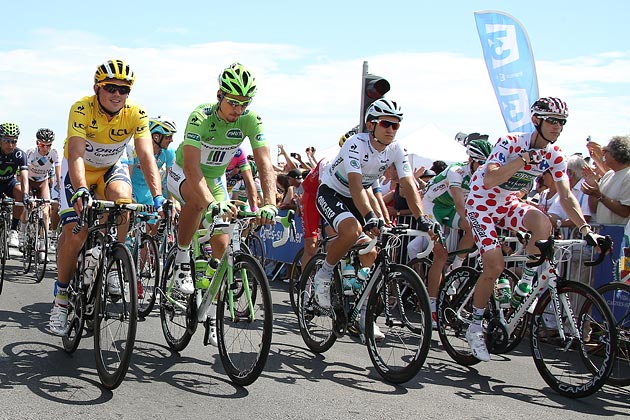
How to Choose Vibrant Photos for Your Content
You’ve just finished creating a masterful email campaign for your business. It has a punchy headline, a crafty message and error-free copy. After hours of writing and editing, you’re ready to push the launch button. You just need to grab a quick stock image to go with it and suddenly you find yourself stuck. None of the photos looks like a good fit. You start questioning the size and subject you had in mind.
Emily Nichols, an interactive director at a Des Moines advertising company, says this scenario plays out in many small businesses.
“Somehow in the digital world, images have become an afterthought,” she adds. “People love to say, ‘Content is king,’ but people who say that treat images like an ugly step-sister. Images and content should share the same weight, especially when it comes to email or social media campaigns.”
Nichols, who specializes in creating visual content such as infographics for the ad agency LessingFlynn, says the success of an email or social media campaign is directly linked to the quality of both the text and the images.
“A viewer is more likely to click on the content if their eye is drawn to an attractive image,” she says. “If a picture is worth a thousand words in the print world, it’s worth even more in the digital world. The internet is a visual medium and the sooner a small business realizes that, the better off their campaigns will be.”
There are plenty of how-to tips to get your content to stand out, but there isn’t as much attention paid to selecting and using good images. Nichols offers these tips to make sure your images are just as good as your content.
Use original photos whenever possible
Using generic pictures from a stock site is okay but, Nichols says, original photos always work best. If your campaign talks about a new product, having a picture of it is key. By taking that picture yourself, the image and content will align even better.
Finding photos for abstract topics
There will come a time when you’re dealing with an abstract topic, like marketing, and can’t come up with any image you can take yourself. When you’re stuck, Nichols says it’s time to turn to stock images. However, that doesn’t mean you should use the first generic image you find. Nichols advises people to use broad search terms when sifting through images online to get the biggest selection. Think outside the box and try to find a picture that tells a story on its own.
Size matters
Save the picture in your editing software to the size you want. Size will vary depending on your layout. Nichols also suggests setting the resolution at 72 ppi, which is a web standard. With the size and resolution set, when you upload the picture, it won’t look blurry or get cropped into an odd thumbnail, (as seen on Skittles’ Facebook page) where the company name is cut off.
Draw the eye
Every picture should have a focal point. A photo, like this shot taken at the Tour de France (Photograph by John Berry/Getting Images), doesn’t draw the eye to any one particular point. The viewer doesn’t get much from the picture, Nichols says. To ensure the photo you take has a focal point, show it to a coworker and ask them to identify the first thing they see. If their answer isn’t the intended focal point, use another image.
Utilize vibrant colors
Every image you use should be a vibrant display of color, Nichols says. This image of a bird courtesy of The Nature Conservancy not only has a great focal point, but it also showcases an array of colors. You can use photo-editing software or apps to enhance the colors of the photos you want to use.
Edit to enhance
When it comes to editing photos, the rules can get a little murky. Some people believe any form of editing is wrong, but Nichols say there’s more to the argument than that. Her rule of thumb is to edit a picture to enhance it, not alter it. In other words, edits such as color correction and red eye removal are okay. When you start cropping people’s faces out and replacing them with others, that’s crossing the line.
This post contributed by guest author, Lisa Furgison. Furgison is a media maven with ten years of journalism experience and a passion for creating top-notch content.
© 2013 – 2018, Contributing Author. All rights reserved.






